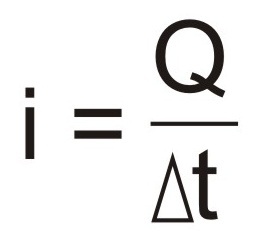Disposal of assets is the transfer of ownership of assets from an individual to a third party. Disposal of assets is any item of economic value owned by an individual, such as real estate, motorcycle, automobile, boat, computer, camcorder, etc., or corporation, which can be converted into cash .
The most common examples of assets that are disposed of are: securities, accounts receivable, inventory, office equipment. Based on an accounting, assets are divided into the following categories: current assets, which are cash and other items, long-term assets term, deferred assets, which are spent for the future such as insurance, rent, interest, and intangible assets such as trademarks, patents, copyrights etc.
There is also the sale of public assets, which occurs when the Administration of public assets only admits their use and conservation according to the natural or legal destination of each item. In the broad sense, public goods must be disposed of when they prove useless or inconvenient to the public domain.
There is also the form of fiduciary alienation, which is the transfer of ownership of a movable or immovable property from the debtor to his creditor, to guarantee the fulfillment of an obligation. A fiduciary sale occurs when a buyer acquires an asset on credit, and the creditor takes the asset itself as collateral, so that the buyer is prevented from negotiating the asset with third parties.


